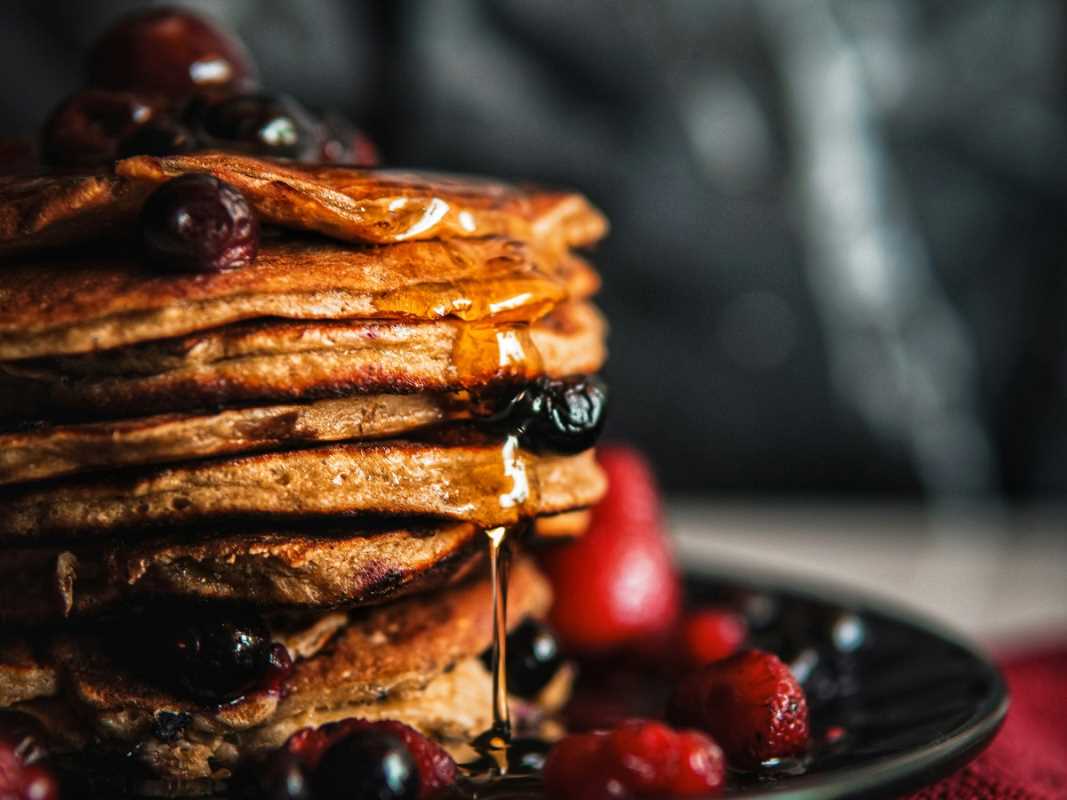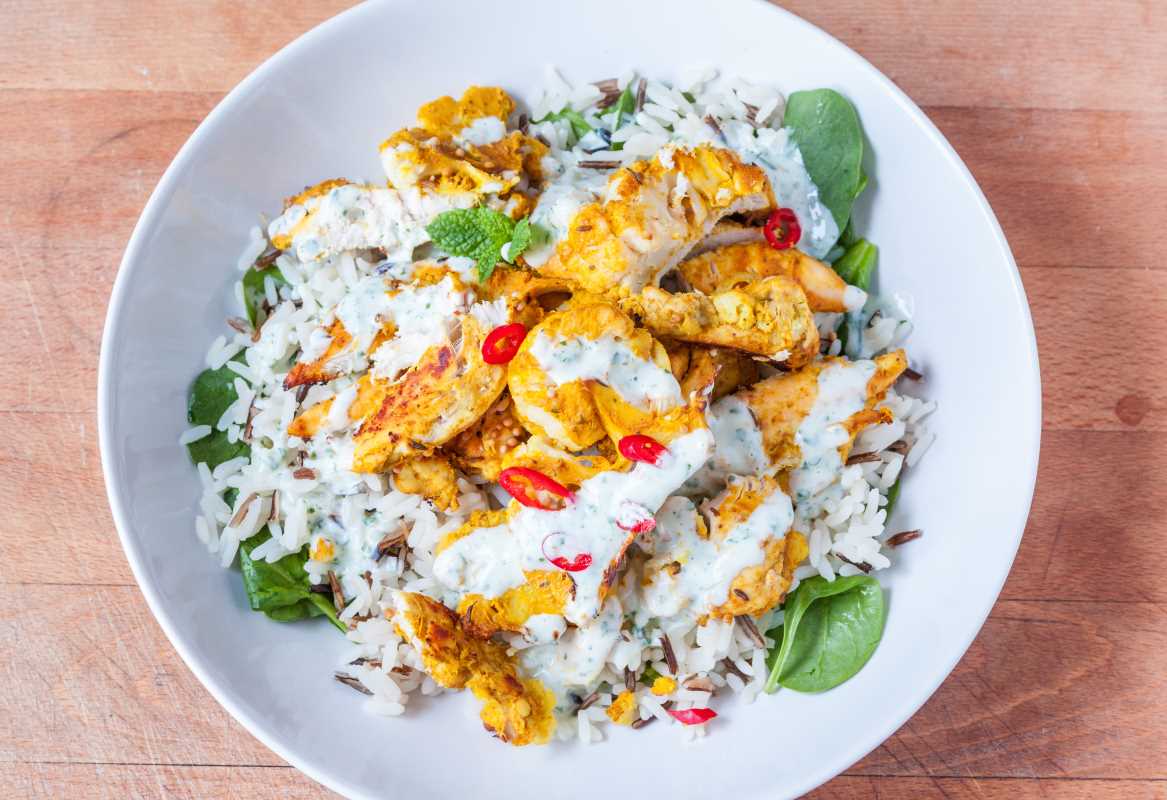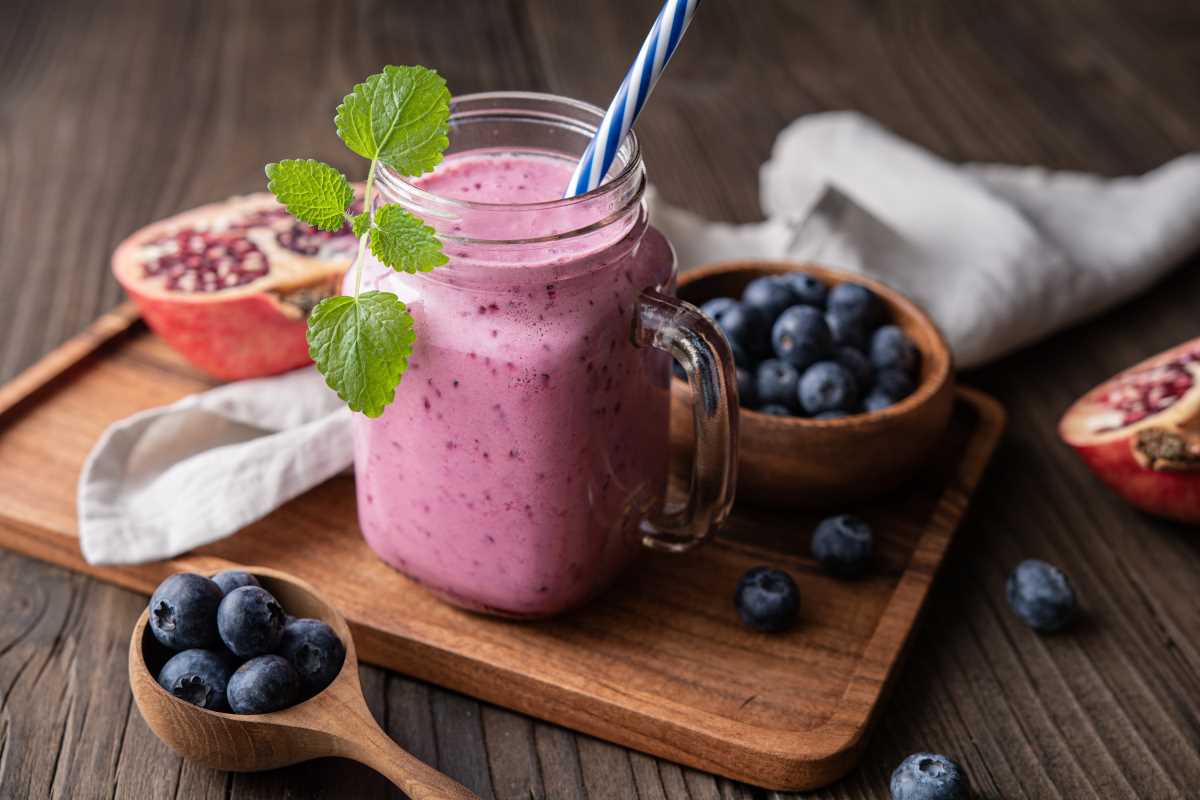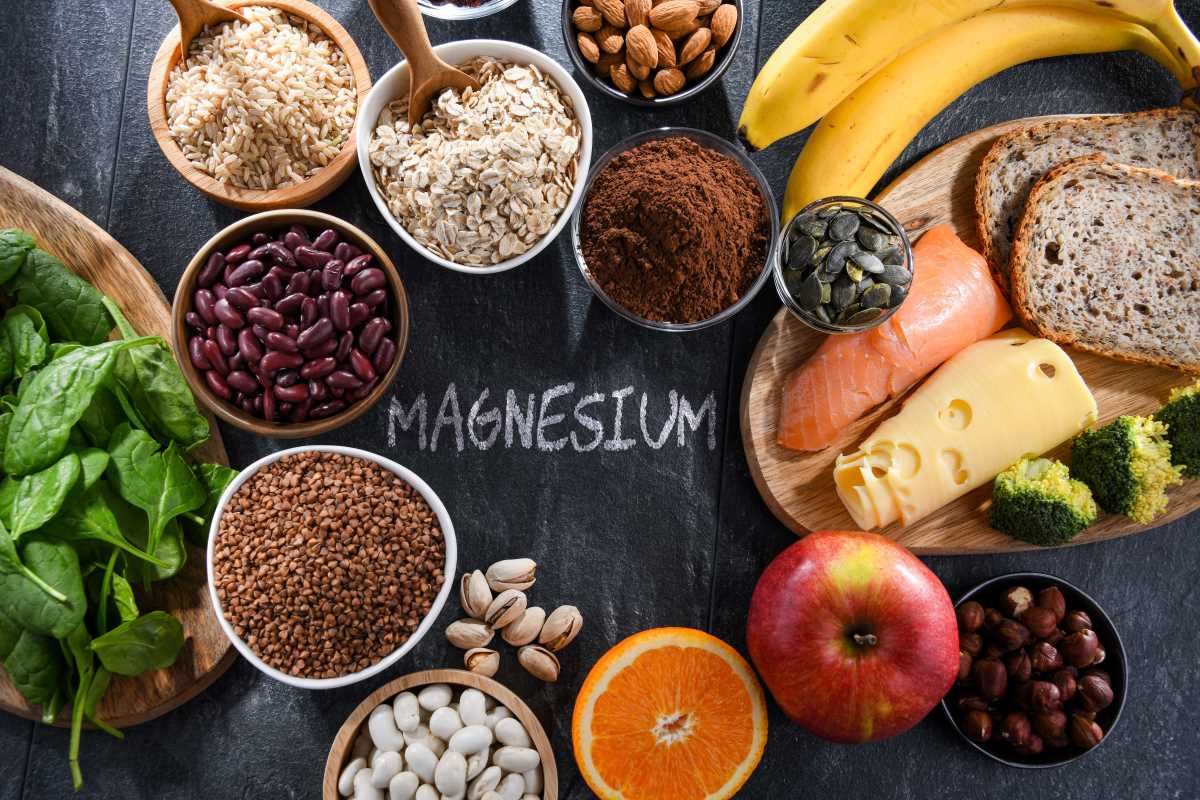Sugar is everywhere. From your morning coffee creamer to your favorite snacks and even seemingly "healthy" foods, it can sometimes feel like cutting back is impossible. But consuming too much sugar has been linked to a variety of health issues, including weight gain, tooth decay, and even an increased risk of chronic diseases like diabetes and heart disease. If you're looking to take control of your diet and reduce sugar without feeling like you're sacrificing all your favorite things, don't worry. The good news? It’s entirely possible to cut back and still enjoy delicious, satisfying meals.
This guide will walk you through practical strategies to lower your sugar intake without feeling restricted. Once you understand where sugar hides and how to swap it out, you'll be surprised at how easily you can make healthier choices.
Why Limit Sugar?
Before jumping into tips, it helps to understand why reducing sugar is so important. While sugar itself isn’t bad in moderation, the problem lies in the added sugars found in processed foods. These are sugars or syrups added during production (think the sugar in soda, candies, or flavored yogurt) that provide calories but little to no nutritional value.
Eating too much added sugar can lead to:
- Weight gain and obesity
- Spikes and crashes in blood sugar, leaving you feeling tired or hangry
- Increased risk of diabetes, heart disease, and other chronic conditions
- Cavities and poor dental health
The American Heart Association recommends no more than 25 grams (6 teaspoons) of added sugar per day for women and 36 grams (9 teaspoons) for men. For perspective, one can of soda typically exceeds this limit!
Where Is Sugar Hiding?
One of the biggest hurdles to reducing sugar is that it’s hidden in so many foods you wouldn’t expect. It’s not just about skipping desserts or candy. Sugar can be found in items like:
- Store-bought pasta sauces
- Salad dressings
- Granola bars and breakfast cereals
- Bread and tortillas
- Flavored yogurts and juices
Reading ingredient labels is a key first step in identifying "hidden" sugars. Words like high-fructose corn syrup, cane sugar, dextrose, and maltose are all sneaky ways sugar is labeled.
Tips to Reduce Sugar Without Feeling Deprived
Cutting back doesn’t mean you have to give up everything sweet forever. With small, manageable changes, you can build healthier habits while still enjoying life’s little treats.
1. Start With Small Changes
Trying to cut sugar all at once can feel overwhelming and leave you craving it even more. Instead of aiming for perfection, focus on progress. For example:
- Switch from sugary sodas to sparkling water with a squeeze of lime.
- Reduce the sugar in your coffee or tea by half.
- Choose unsweetened versions of your favorite snacks, like plain yogurt or oatmeal.
Over time, your taste buds will adjust, and you’ll naturally crave less sugar.
2. Rethink Your Beverages
Drinks are often one of the biggest sources of added sugar. Sodas, energy drinks, sweetened teas, and even fruit juices can pack in more sugar than you might realize. A single 16-ounce soda can have upwards of 40 grams of sugar!
Better Options:
- Water: Add natural flavors like cucumber slices, mint, or berries for a refreshing twist.
- Herbal Teas: Experiment with fruity teas for a naturally sweet taste without added sugar.
- Smoothies: Blend fresh or frozen fruits with unsweetened almond milk or Greek yogurt to make a wholesome drink with no added sugars.
3. Cook and Bake at Home
Processed foods and takeout often contain hidden sugars, even in savory dishes like soups and marinades. Cooking at home gives you full control over ingredients.
Simple Tips:
- Use natural sweeteners like honey, maple syrup, or mashed bananas instead of granulated sugar—but use sparingly!
- Try swapping sugar in baking recipes with vanilla extract, cinnamon, or nutmeg to bring out natural sweetness.
- Make your own salad dressings or sauces using olive oil, vinegar, and spices.
4. Choose Whole Foods Over Processed Foods
Whole foods, like fruits, vegetables, nuts, and whole grains, don’t have added sugars and come packed with nutrients like fiber, protein, and healthy fats. These nutrients not only keep you full longer but also help slow down the absorption of natural sugars in your food.
For example:
- Snack on a handful of nuts instead of sugary granola bars.
- Top your morning oatmeal with fresh fruit instead of pre-flavored packets.
- Swap fruit-flavored yogurt for plain yogurt and add your own fruit or a drizzle of honey.
5. Satisfy Your Sweet Tooth Naturally
Cravings for sweets are normal, but there’s no need to turn to candy bars or pastries to satisfy them. Nature offers plenty of naturally sweet options that are both satisfying and nutritious.
Better Sweet Treats:
- Fresh fruit (like apples, bananas, or berries)
- Dried fruits (like dates or apricots) without added sugars
- Dark chocolate (at least 70% cocoa for less sugar)
If you want a dessert, look for recipes that use natural ingredients. For instance, homemade banana "ice cream" (blended frozen bananas) is a creamy, sugar-free treat.
6. Read Labels Carefully
When grocery shopping, it’s essential to know how to spot added sugars. Focusing on nutritional labels can help you avoid sneaky sweeteners.
What to Look For:
- Check the "added sugars" line under carbohydrates.
- Avoid products that list sugar or syrups as one of the first three ingredients.
- Be wary of terms like agave nectar, sucrose, maltose, or evaporated cane juice, which are all forms of sugar.
7. Retrain Your Taste Buds
Your palate adjusts over time, and the less sugar you eat, the less you’ll crave it. Slowly cut back on sugary foods, and eventually, you’ll find that even mildly sweet foods taste more satisfying.
For example, if you usually eat two spoonfuls of sugar in your tea, try 1.5 spoons for a week, then reduce further to one.
8. Plan Ahead for Cravings
Cravings often strike when you’re hungry or stressed, leading to impulsive food choices. By planning ahead, you can avoid reaching for sugary fixes.
Smart Strategies:
- Always carry a healthy snack like a trail mix (without candied fruit or chocolate) or a piece of fruit in your bag.
- Eat balanced meals throughout the day to keep blood sugar stable. Each meal should include protein, healthy fats, and fiber to keep you fuller longer.
9. Give Yourself Grace
It’s important to remember that completely eliminating sugar isn’t always realistic, and that’s okay! Allow yourself treats in moderation, whether it’s a slice of cake at a birthday party or a scoop of ice cream on a hot day. The key is balance.
Benefits of Reducing Sugar
Cutting back on added sugars doesn’t just improve your waistline; it can also have a profound impact on your overall health. Some of the benefits include:
- Sustained Energy Levels: Without blood sugar spikes and crashes, you’ll feel more stable energy throughout the day.
- Better Mood and Focus: Reducing sugar can help minimize irritability and brain fog.
- Improved Heart Health: Less sugar contributes to lower blood pressure and a reduced risk of heart disease.
- Healthier Teeth: Fewer sugary snacks mean fewer cavities and trips to the dentist.
 (Image via
(Image via





